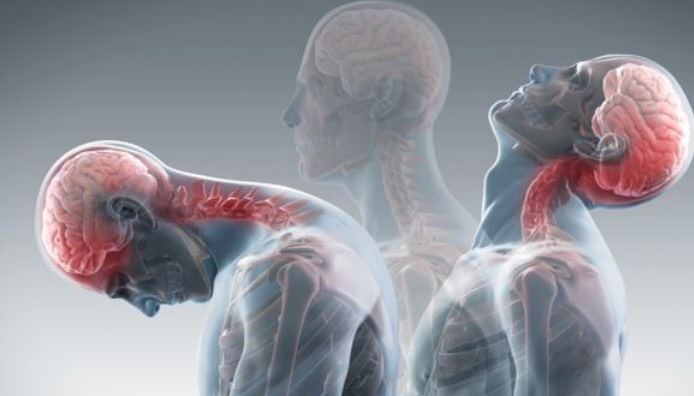Whiplash Injuries: What You Need to Know
Whiplash refers to a specific neck injury caused by intense, rapid force—most often during a motor vehicle accident. When the head jerks back and forth beyond its normal range, it strains the muscles, joints, and connective tissues in the neck.
What Happens During a Collision
In a rear-end crash, the vehicle accelerates forward, pushing the body with it. The head lags behind momentarily, stretching the neck. This sudden motion can tear muscles and ligaments before the head even hits the headrest.
The spine absorbs much of this force. Discs may bulge, tear, or rupture. Vertebrae can shift out of alignment. The spinal cord and nerve roots often stretch or pinch, leading to nerve damage.
Low-Speed Collisions Can Still Cause Serious Injury
Many people assume that minor vehicle damage means no injury. That’s a myth. Studies show that low-speed crashes—sometimes as slow as five miles per hour—can cause significant soft tissue damage.
In low-speed impacts, the car doesn’t absorb much force. Instead, that energy transfers directly to the occupants. In higher-speed crashes, the vehicle crumples and disperses some of the impact.
Symptoms May Be Delayed
Whiplash symptoms don’t always appear right away. You might feel mild stiffness or discomfort at first. Days or even weeks later, pain can intensify. In some cases, symptoms take months to show up.
This delay makes it easy to miss the connection between current pain and a past accident. But research confirms that delayed onset is common—not unusual.
Common Whiplash Symptoms
Most people with whiplash experience:
- Neck pain and stiffness
- Headaches
- Fatigue
- Anxiety
- Upper back and shoulder pain
These symptoms can linger and worsen without proper care.
Why Early Treatment Matters
Whiplash injuries often go unnoticed. You may not feel hurt immediately, but the damage can become permanent if left untreated. Waiting too long increases the risk of chronic pain and complications.
Effective Whiplash Treatment Options
Whiplash requires care from professionals trained in soft tissue and spinal rehabilitation. The most effective approach combines:
- Chiropractic care
- Massage therapy
- At-home recovery strategies
Massage helps break up scar tissue, improve mobility, and restore range of motion. Therapists may also work on surrounding areas to reduce tension and support healing.
Recovery Timeline
Many patients recover within two to three weeks. However, consistent treatment and early intervention make a big difference. Don’t wait for symptoms to worsen—seek help as soon as possible.
Kristin Stewart, RMT
Book an appointment at Newleaf here.

